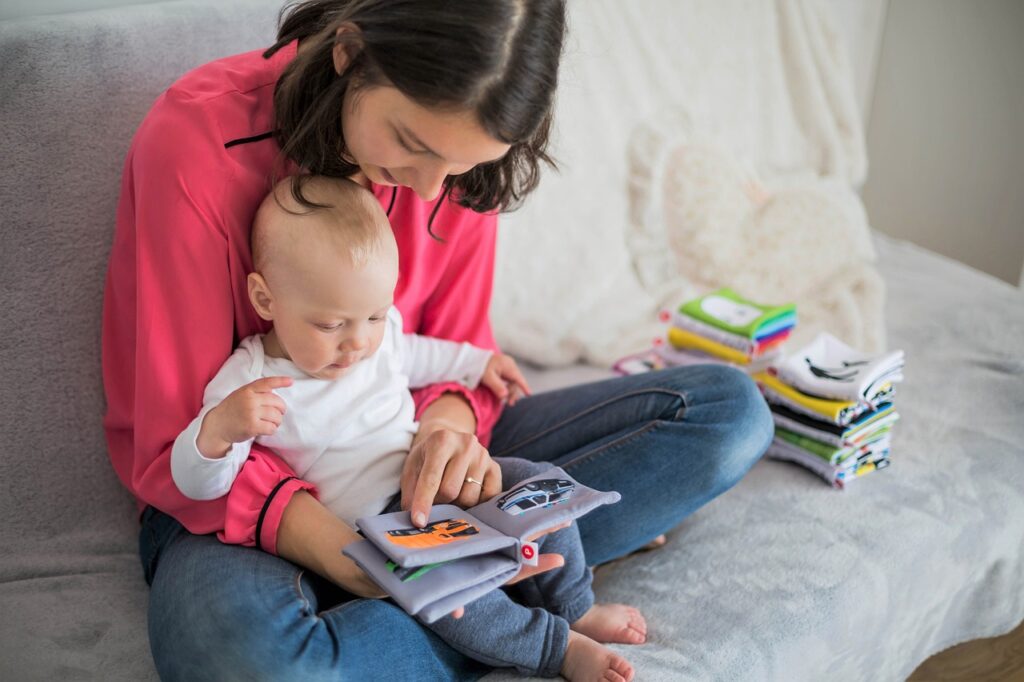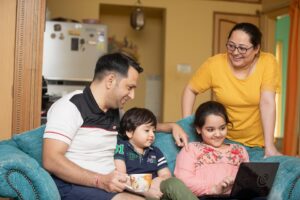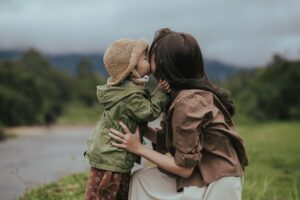
Child education is a critical component of a child’s development, as it lays the foundation for their future success. One of the most effective ways to unlock a child’s potential and foster their creativity is through playful learning. Playful learning involves using play as a tool for education, allowing children to explore, experiment, and discover in a fun and engaging way. In this article, we will explore the benefits of playful learning, strategies for implementing it in the classroom, and how it can help children develop critical thinking skills and creativity.
Benefits of Playful Learning
Playful learning offers a wide range of benefits for children’s development. It allows children to engage in hands-on activities that promote creativity, critical thinking, problem-solving, and collaboration. Playful learning also helps children develop important social and emotional skills, such as empathy, communication, and teamwork.
Furthermore, playful learning can help children build a strong foundation in academic subjects, such as math, science, and language arts. By engaging in play-based activities, children can make connections between what they are learning and real-world experiences, making learning more meaningful and memorable.
Additionally, playful learning can foster a love of learning in children, as it allows them to explore their interests and passions in a fun and engaging way. By incorporating play into the learning process, teachers can create a positive and supportive learning environment that encourages children to take risks, make mistakes, and learn from their experiences.
Strategies for Implementing Playful Learning in the Classroom
There are several strategies that teachers can use to incorporate playful learning into their classrooms. One approach is to create a learning environment that is conducive to play, with a variety of materials and resources that encourage creativity and exploration. Teachers can also design hands-on activities that engage children’s senses and allow them to experiment and discover new concepts.
Another strategy is to incorporate games and playful activities into the curriculum, such as scavenger hunts, role-playing scenarios, and interactive simulations. These activities can make learning more engaging and interactive, while also promoting critical thinking and problem-solving skills.
Teachers can also encourage children to work together in groups to solve problems and complete tasks, fostering collaboration and teamwork. By working collaboratively, children can learn from each other’s perspectives and experiences, leading to a deeper understanding of the material.
Finally, teachers can provide children with opportunities for open-ended play, where they can explore and create without strict guidelines or expectations. This type of play allows children to follow their curiosity and imagination, leading to new discoveries and insights.
Developing Critical Thinking Skills and Creativity
Playful learning can be a powerful tool for developing critical thinking skills and creativity in children. By engaging in hands-on activities and problem-solving challenges, children learn how to approach problems from different perspectives, think critically, and come up with creative solutions.
Through play, children can experiment with new ideas, make connections between different concepts, and test out their theories in a safe and supportive environment. This process of trial and error helps children develop resilience, persistence, and a growth mindset, which are essential qualities for success in school and beyond.
Playful learning also encourages children to think outside the box and explore new possibilities. By engaging in imaginative play, children can develop their creativity and innovation skills, as they come up with new ways to solve problems and express themselves.
Furthermore, playful learning can help children develop their communication and collaboration skills, as they work together with their peers to achieve common goals. By engaging in group activities and projects, children learn how to listen to others, share their ideas, and work together to achieve a common objective.
Conclusion
In conclusion, playful learning is a powerful tool for unlocking children’s potential and fostering their creativity. By incorporating play into the learning process, teachers can create a positive and engaging environment that promotes critical thinking, problem-solving, collaboration, and creativity.
Through playful learning, children can develop important social and emotional skills, build a strong foundation in academic subjects, and cultivate a love of learning that will stay with them throughout their lives. By implementing strategies for playful learning in the classroom, teachers can help children reach their full potential and become confident, curious, and creative individuals.
#ChatGPT assisted in the creation of this article.






